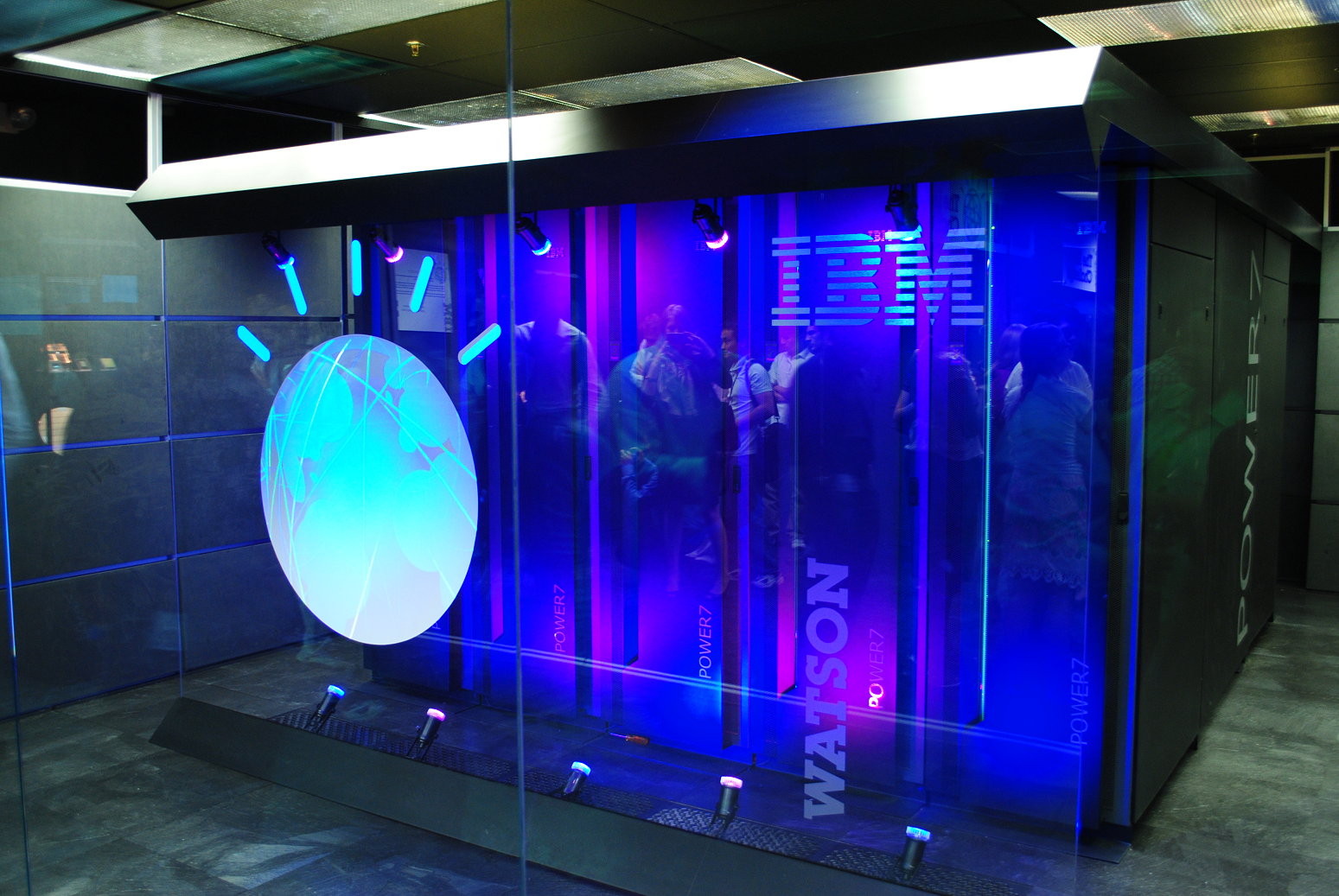 BIG DATA
BIG DATA
 BIG DATA
BIG DATA
 BIG DATA
BIG DATA
After more than a year of testing, IBM Corp. recently opened its Watson Machine Learning service to the general public. In making new machine learning tools available to developers and data scientists, IBM is clearly seeking to counter concerns expressed by industry analysts that the company is struggling to recoup its $20 billion investment in Watson’s artificial intelligence platform.
The release of WML comes at an important time for IBM. Competition in the AI space from technology titans such as Google LLC, Facebook Inc. and Microsoft Corp. has complicated the picture, while the enterprise shift toward cloud-based technologies has placed further pressure on the business of ingesting and curating massive amounts of data. With Watson, IBM executives believe they can offer an integrated solution that will be well-received by its customers.
“We are now turning off the hype cycle and getting into real action in a lot of businesses,” said Veeru Ramaswamy , vice president of IBM’s Watson Internet of Things Platform.
Ramaswamy recently spoke with George Gilbert (@ggilbert41), host of theCUBE, at SiliconANGLE Media’s studio in Palo Alto, California. Gilbert also talked with Dinesh Nirmal, vice president of analytics development for IBM. During the interviews, they discussed the benefits of an integrated machine learning solution, data movement between edge and cloud, IoT applications, the role of digital twins, and efforts to improve datacenter management.
Watch the complete CUBEConversation with Veeru Ramaswamy below.
Watson Machine Learning is designed to run on IBM’s Bluemix cloud platform. Training refines algorithms to learn from a particular dataset, and the resulting models include a scoring operation that can predict outcomes.
This multi-step process forms the core of IBM’s value proposition in the integrated deployment of Watson’s machine learning tools. Data is ingested, shaped and cleansed; prepared for analytics; and loaded into a model that can be predicted and then visualized.
“The benefit there is you get the whole stack in one; you have one throat to choke,” said Nirmal, who compared this solution to those offered by cloud providers where various services must be stitched together. “I think that’s the path that most people will go toward because you have the whole pipeline available to you and all the services that come with it,” he added.
This integrated approach could be important for customers in the insurance industry, for example, where a multitude of services must meet regulatory compliance standards such as the Health Insurance Portability and Accountability Act, known as HIPAA. Ensuring that each and every service meets compliance standards is a complex task.
“All those benefits to me outweigh putting unmanaged services together and then creating a data lake to sit under all of it,” Nirmal said. “It’s well-tested, integrated and compliant.”
Integration of machine learning models into the Watson data platform will likely impact enterprise decisions on the movement of data applications between the edge and the cloud. “Mission-critical systems today are expecting streaming analytics to get the insights right there and then be able to provide the outcomes at the edge rather than pushing all the data up to your cloud,” Ramaswamy said. “We believe that models are going to be pushed from the cloud closer to the edge because the compute capacity, storage and the network capacity are all improving.”
Another potential machine learning impact could be in the analysis and testing of data center performance. Information technology administrators constantly face the baffling challenge of quickly identifying the root cause of an outage or system failure. IBM is looking at how to bring a vast amount of systems monitoring data into one source so that a knowledge graph can be built and predictions can be made before problems occur.
“I call it the self-healing, self-fixing data center,” Nirmal said. “The root cause analysis is the one that’s the hardest to solve because you’re talking about decades worth of knowledge. Now you are influencing a machine to do that prediction.”
Watch the complete CUBEConversation with Dinesh Nirmal below.
Focused on extending cognitive computing to the IoT ecosystem, IBM opened its headquarters for Watson IoT in Munich, Germany last February. “We’re bringing in chip manufacturers, sensor manufacturers, device manufacturers, network providers, systems integrators, all of them into the fold and showing them what is possible,” Ramaswamy said.
Based on the application of Watson in the IoT space, what’s possible is the improvement of device functions through the collection and analysis of sensor-driven data. This concept is embodied by the digital twin, a virtual model of a real product that is starting to be applied across many industry verticals. General Electric Co. has been using digital representations, for example, to design better wind turbines.
Watson’s tools can take IoT sensor data and create a knowledge graph that lets users build visual designs and apply analytics. “The idea of digital twins is to abstract an actual physical entity in the world and create an object model out of it,” Ramaswamy said. “When you’re able to build a knowledge graph, that’s when the digital twin really connects with your enterprise systems.”
The opening of the Munich center and the release of WML follows the rollout last October of new AI services tied to the Watson Data Platform. In addition, IBM has made guides to Watson IoT accessible in Coursera (available September 4).
All of this activity is testimony to IBM’s belief that enterprise customers ultimately want the kind of integrated machine learning services and solutions it offers.
“If I’m wearing an enterprise hat, I would look at getting an integrated solution, end-to-end, on the machine learning pipeline,” Nirmal said. “I would say that integrated solutions are the way to go because that will be the last man standing.”
Check out more of SiliconANGLE’s and theCUBE’s additional coverage of IBM.
THANK YOU